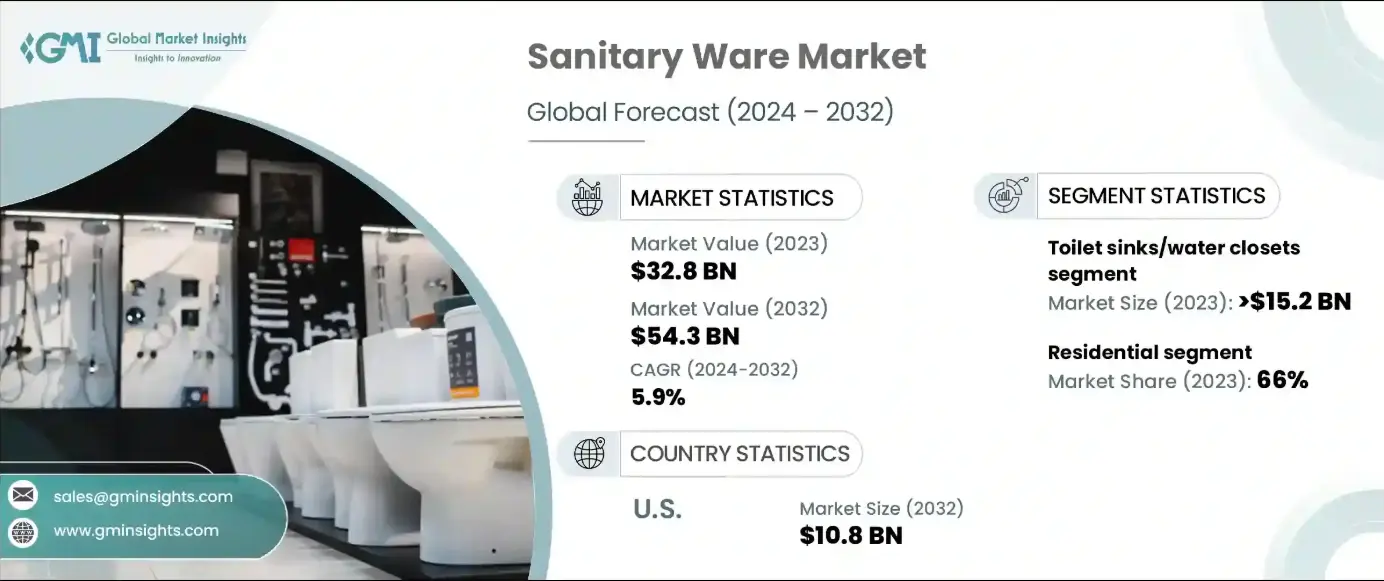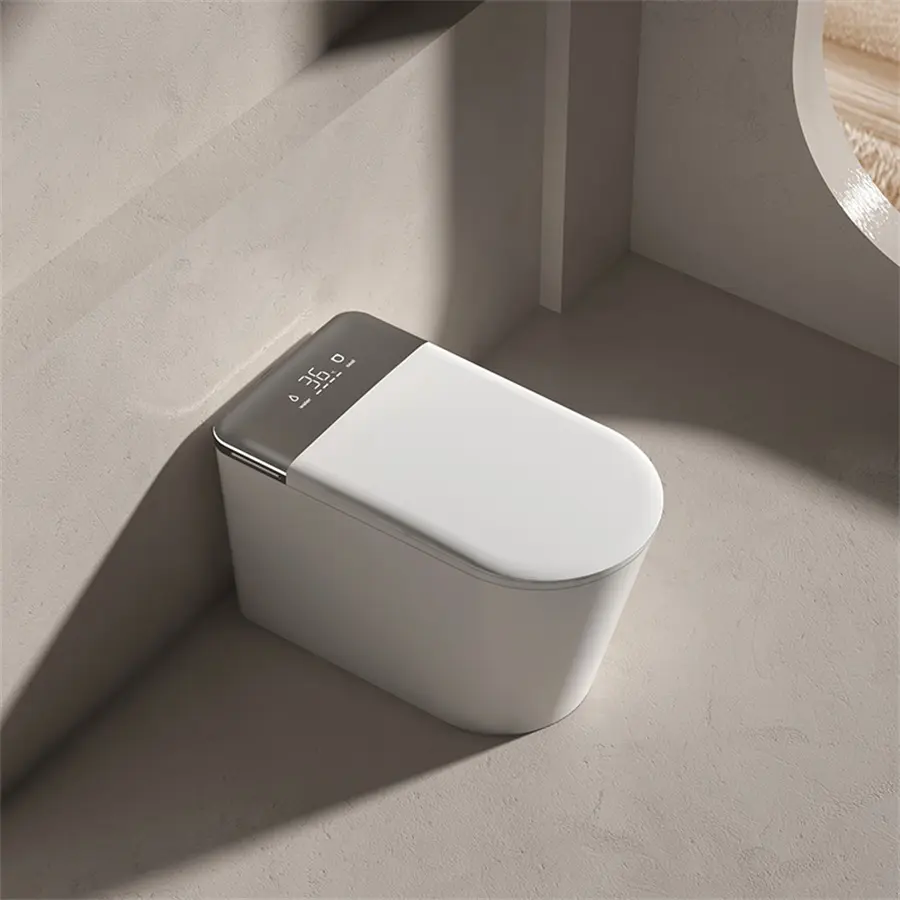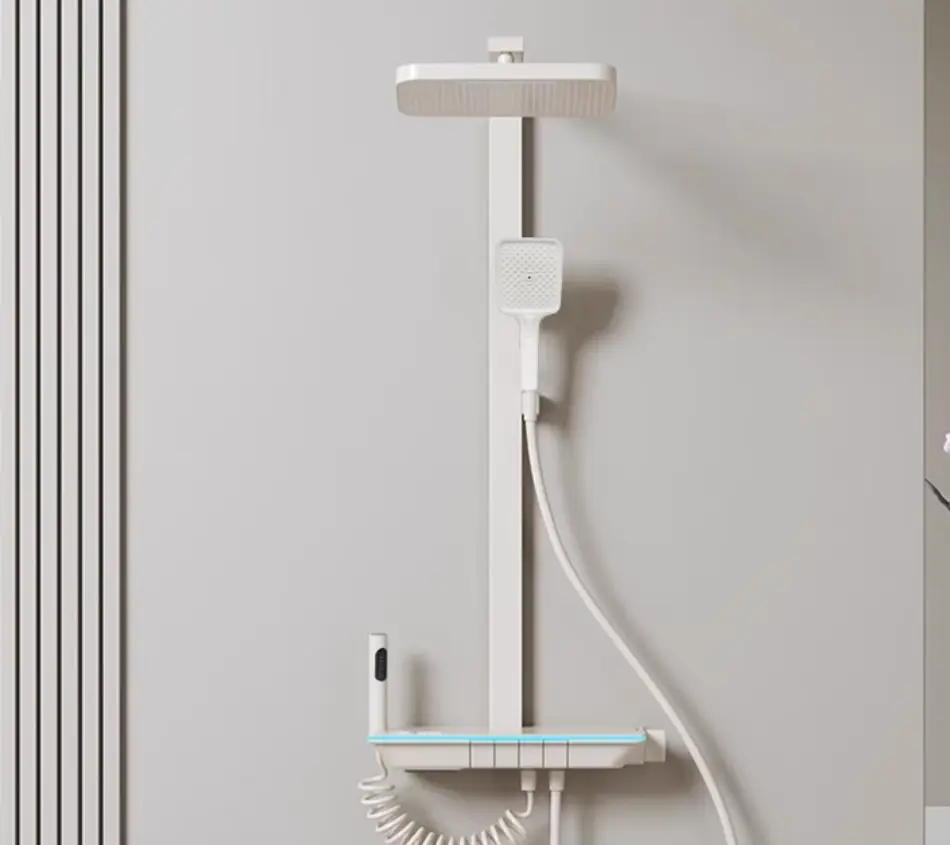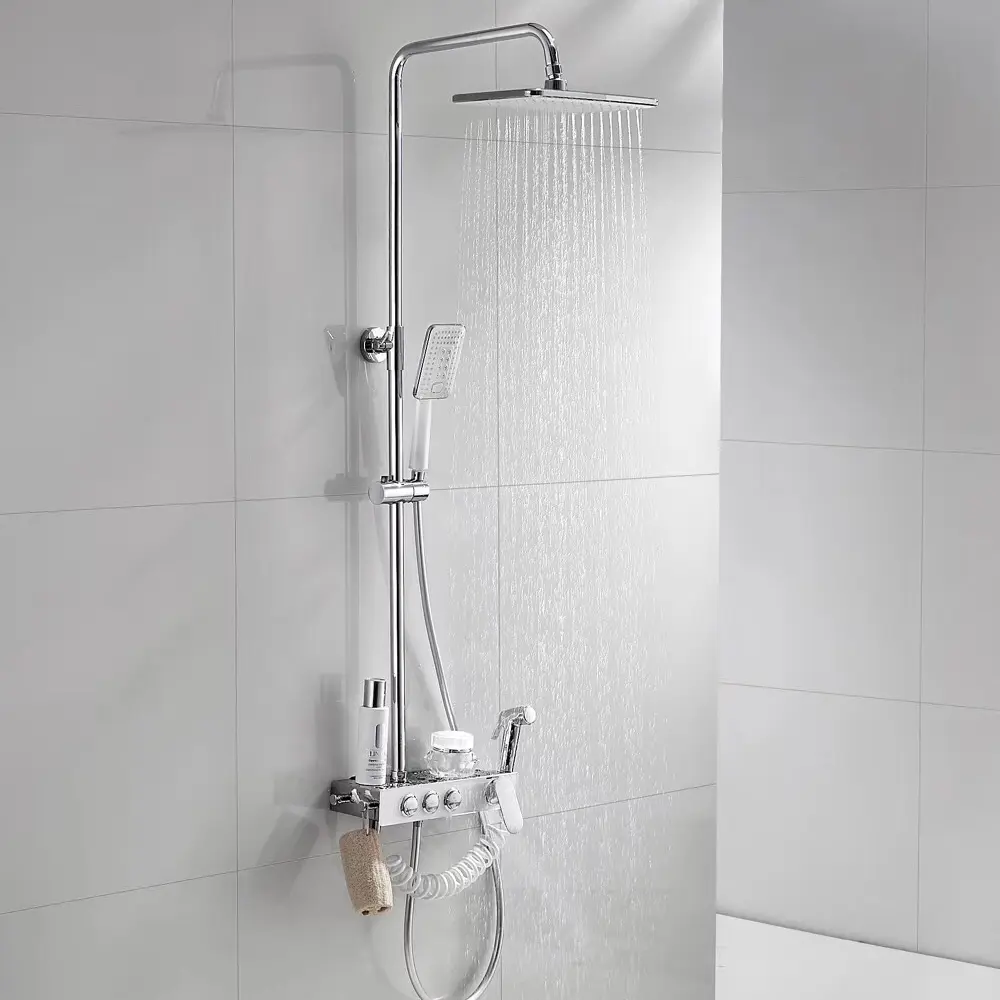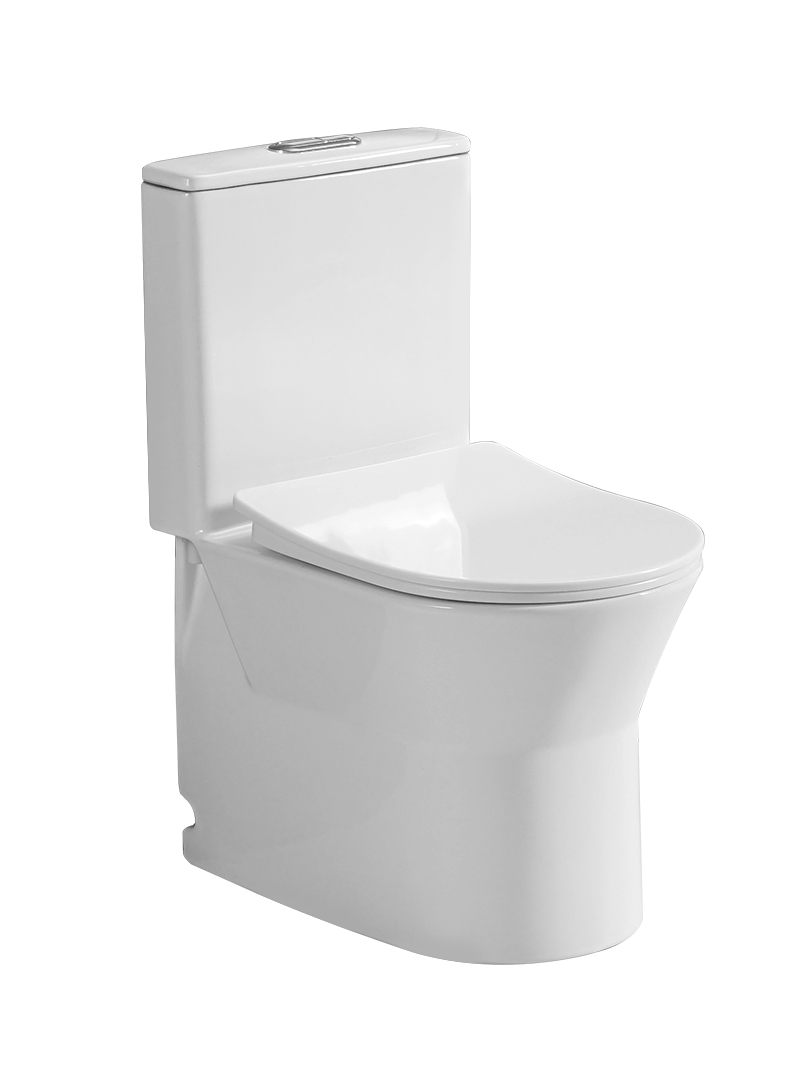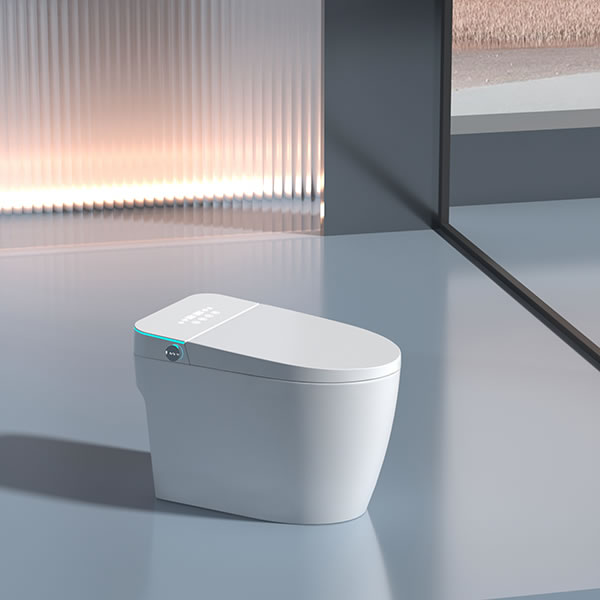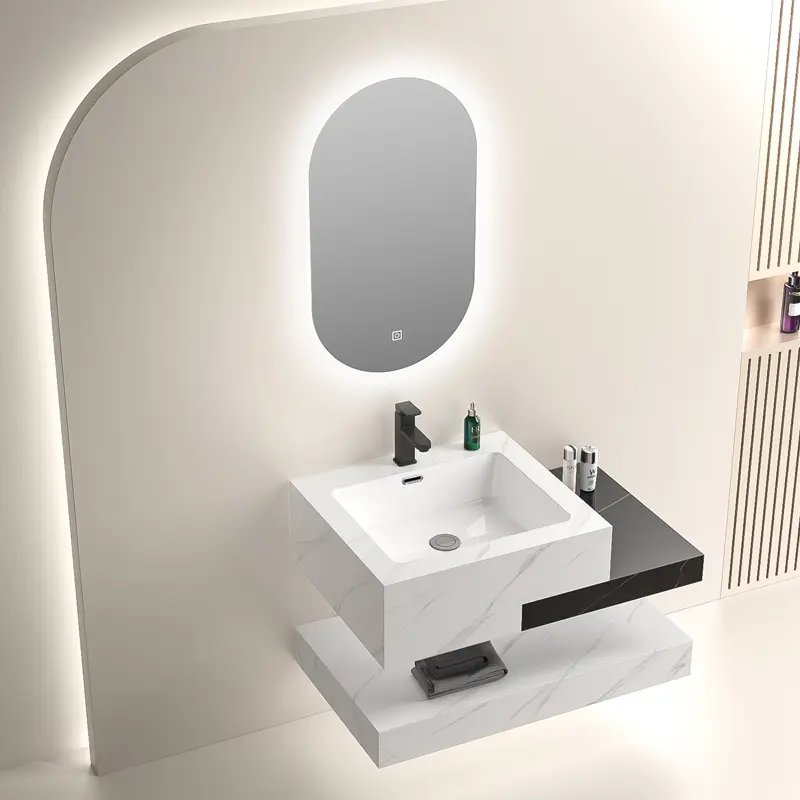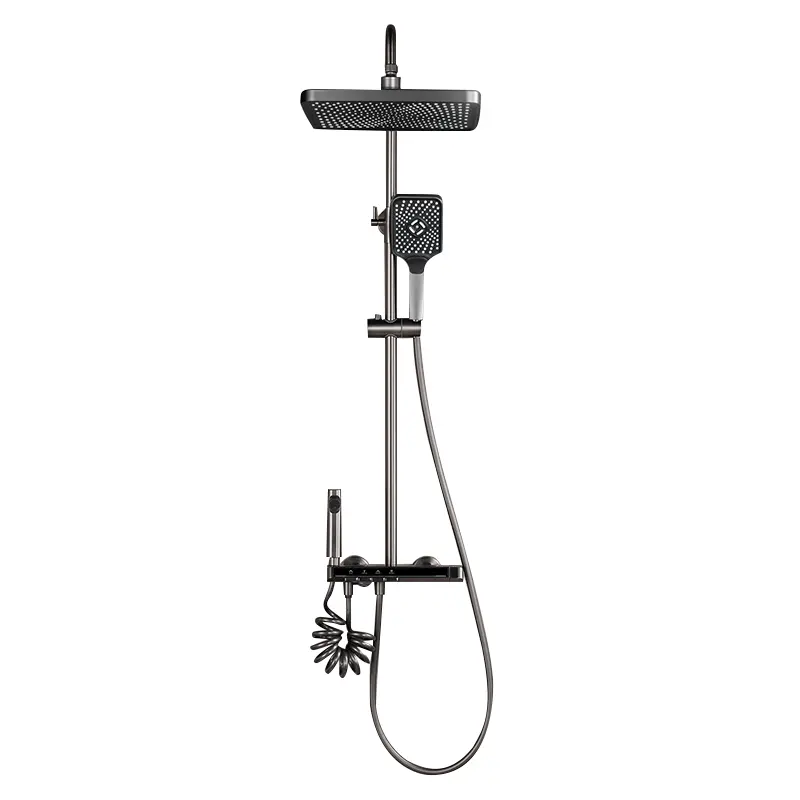0102030405
Are LED Mirrors Expensive to Run?
2025-03-05
In recent years, LED mirrors have become increasingly popular in both residential and commercial settings. These mirrors not only offer a sleek and modern aesthetic but also provide enhanced lighting capabilities. However, one question that often arises is whether LED mirrors are expensive to run. In this article, we will explore the factors that contribute to the running cost of LED mirrors and determine if they are a cost-effective lighting solution.
Energy Efficiency of LED Mirrors
LED (Light Emitting Diode) technology is known for its energy efficiency. Compared to traditional incandescent or fluorescent lighting, LEDs consume significantly less energy. This is because LEDs convert a higher percentage of electrical energy into light, while minimizing energy loss as heat. As a result, LED mirrors are generally more energy-efficient and cost-effective to operate.
The energy efficiency of LED mirrors is typically measured in lumens per watt (lm/W). Lumens represent the amount of light output, while watts indicate the amount of energy consumed. The higher the lumens per watt ratio, the more efficient the LED mirror is. On average, LED mirrors can produce around 80-100 lumens per watt, which is much higher than incandescent bulbs that produce only 10-15 lumens per watt. This means that for the same amount of light output, an LED mirror will consume far less energy, resulting in lower electricity bills. 

Factors Affecting the Running Cost of LED Mirrors
While LED mirrors are generally energy-efficient, several factors can influence their running cost. The first factor is the wattage of the LEDs used in the mirror. Higher wattage LEDs will consume more energy and therefore have a higher running cost. However, it's important to note that most LED mirrors are designed to use low-wattage LEDs without sacrificing light output. By choosing an LED mirror with energy-efficient LEDs, you can keep the running cost to a minimum.
Another factor that affects the running cost of LED mirrors is the amount of time they are used. The longer the mirror is turned on, the more energy it will consume. If you have an LED mirror in a frequently used area, such as a bathroom or dressing room, it's likely to be on for longer periods. In such cases, it's advisable to consider using motion sensors or timers to ensure that the mirror is only turned on when needed. This can significantly reduce the energy consumption and running cost.
The quality of the LED mirror also plays a role in its running cost. Cheaper LED mirrors may use lower quality LEDs that are less energy-efficient and have a shorter lifespan. In the long run, investing in a high-quality LED mirror may be more cost-effective as it will consume less energy and require fewer replacements. Additionally, high-quality LED mirrors often come with advanced features such as dimming capabilities, which allow you to adjust the light intensity according to your needs. This can further contribute to energy savings.
Cost Comparison with Traditional Mirrors
To determine whether LED mirrors are expensive to run, it's helpful to compare them with traditional mirrors that use other types of lighting. Traditional mirrors with incandescent or fluorescent bulbs are known for their high energy consumption. Incandescent bulbs, in particular, are very inefficient as they waste a large amount of energy as heat. Fluorescent bulbs are more energy-efficient than incandescent bulbs, but they still consume more energy compared to LEDs.
Let's consider a scenario where we have a traditional mirror with a 60-watt incandescent bulb and an LED mirror with a 10-watt LED light source. Assuming both mirrors are used for 5 hours a day, the incandescent bulb will consume 300 watt-hours (Wh) of energy per day, while the LED mirror will consume only 50 Wh. Over the course of a year, the incandescent bulb will consume 109,500 Wh, while the LED mirror will consume only 18,250 Wh. If the cost of electricity is 0.15 per kilowatt-hour (kWh), the annual running cost of the incandescent bulb will be $16.43, while the annual running cost of the LED mirror will be only $2.74. This clearly demonstrates the significant energy savings and cost advantages of LED mirrors.
Conclusion
In conclusion, LED mirrors are not expensive to run. Thanks to their energy-efficient LED technology, LED mirrors consume significantly less energy compared to traditional mirrors with incandescent or fluorescent lighting. The running cost of LED mirrors is influenced by factors such as the wattage of the LEDs, the amount of time they are used, and the quality of the mirror. By choosing an energy-efficient LED mirror, using it wisely, and investing in a high-quality product, you can enjoy the benefits of enhanced lighting while keeping the running cost to a minimum. So, if you're considering purchasing a new mirror, an LED mirror is definitely a cost-effective and energy-efficient choice.

